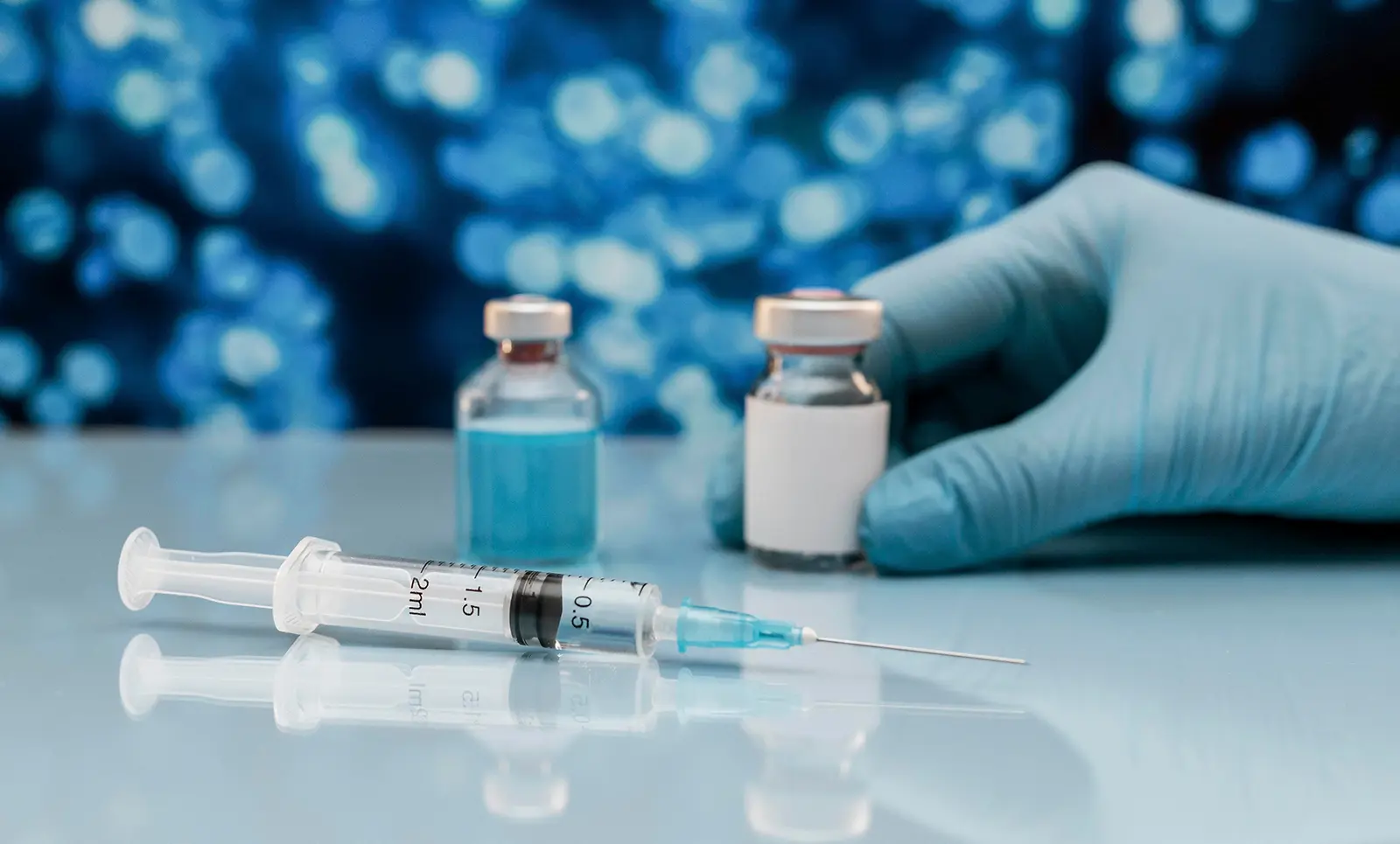The discovery anesthesia (1846) and antibiotics (1928) were an inflexion point in the field of medicine as they allowed for the discoveries of more complex care procedures in the years to come. The average life span has increased from 29 to 73 years globally since the 1800s, while average United States life span over the same time period increased from 40 to 79 years. Child mortality rates have also declined – in 1851 only 40% of the population was expected to live past 60 years, for 2031, 70% of the population is expected to live past 90 years.
In the meantime, the cost of high speed computing and storage has declined exponentially. The use of AI algorithms learning from vast amounts of data generated by IoT devices are becoming mainstream. Gartner predicts that by the year 202X 30% of all internet search will be voice first using personal assistants such as Alexa, Google, Siri and others. According to Pew Research, 94% of the United States’ population has a smartphone or a mobile phone. Cost of data storage that once cost $70 per GB now costs less than 10 cents per GB. DNA sequencing which once cost ~$1B and took 13 years, can now be accomplished for ~$100 and completed in about 1 hour.
It is predicted that in the next year or two the number of devices connected to the internet could be 4-10 times the current human population (30-70B IoT devices). Each device transmits large volumes of data that could represent a triggering event to something of significance to an individual’s health (e.g. the AI equipped Apple watch that can detect irregular heartbeats to diagnose a stroke risk) or impact an entire population in a given geography by collectively predicting a public health crisis from data points collected across populated public spaces, natural water bodies, forests, atmosphere, oceans, underground mines etc.
The combination of the low cost super computing power, data storage, speed and complex algorithms have enabled the exponential access to global (some might say universal) sources of value to improve the quality of human life.
Coming soon
- Medical technology (med tech)
- Technologies that will reimagine the health care of the future
- Digital health
- Codifying healthcare
Please submit your questions or suggestions to myhealthq@myhealthq.com
